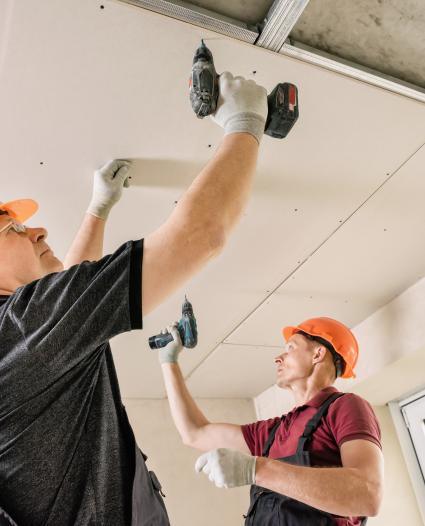On this page
Introduction
Posture is the position of the body and its joints – an elbow is bent (flexed) or straight (extended). Some positions of a joint are stronger and healthier than others. These are sometimes called neutral postures. An awkward posture is one where the joint is weaker and where it does not function well. These awkward postures, over time, can lead to fatigue and increased risk of developing MSD.
Hand and Wrist Posture
The hand is wonderfully versatile and can use a wide range of grips at work. Also, the wrist joint works together with the finger joints to create strong and natural grips. MSD posture hazards for the hands are seen when tools, equipment, products or the workspace require a worker to use poor grips or awkward postures. Also, the grip forces are weaker in this situation.
Hand and Wrist Posture Resources
Click on the below cards to view resources related to hand and wrist posture. Each resource is a 1 page PDF with visual examples of hand and wrist postures.
Hands and Wrists: Natural Positions
Hands and Wrists: Power Grip
Hands and Wrists: Pinch Grip
Hands and Wrists: Pistol Grip
Hands and Wrists: Choosing Tool Shapes
Hands and Wrists: Keyboard at Elbow Level
Hands and Wrists: Keyboard Above Elbow Level
Hands and Wrists: Keyboard Below Elbow Level
Hands and Wrists: Pistol Grip with a Tool
Shoulder Posture
The shoulder has the largest range of motion in the body, which allows us to move our arms in many directions, including in front of our bodies, to the side, and above our heads. This is important to do things like lift a box overhead or throw a baseball.
This also means we rely on our muscles to support and stabilize our shoulders more than we do for other joints that aren’t as mobile, and there is an even higher demand on these muscles when in awkward postures like reaching overhead. This can lead to the muscles getting tired (fatigued) and is one reason overhead work is a risk factor for shoulder injuries in the workplace.
Consequences of overhead work
Working in awkward shoulder postures can lead to the development of MSD such as shoulder impingement and rotator cuff injuries. In the short term, you may notice things like muscle fatigue and shoulder discomfort while working overhead or moving your arm through various postures. This is a sign to talk to your supervisor and see if there are any controls that could remove the overhead component completely, or reduce the frequency and/or duration of the overhead work tasks.
Additional concerns with overhead work include decreases in work performance. Individuals completing overhead work may experience:
- decreases in strength,
- decreases in accuracy of movement,
- decreased productivity, and
- an inability to work for long periods of time.
NOTE: Awkward shoulder postures are often combined with other risk factors like force and repetition.
Did you know?
The shoulder is commonly referred to as a ‘joint’, but there are actually 3 joints that work together to create the shoulder complex! This is partly why we have so much shoulder range of motion.
Overhead Work Resources
Click on each card below to view the resource(s).
Overhead Work Infographic
2 page poster.
Overhead Work Video
1.5 minute video.
Shoulder Hazard Controls
All shoulder-related hazard controls in the resource library.
Back (Spine) Posture
The spine is made up of hundreds of muscles and bones and their coordinated movement is required during work to both create motion and withstand loads.
The spine is extremely strong but it is weaker in some specific postures such as high trunk flexion (bending forward, such as when touching your toes) and twisting the trunk. Work needs be designed so that workers do not have to work in poor postures.
How the design of the workplace affects the spine posture during Lifting and Lowering?
Different arrangements of the workplace require the spine to adopt different postures. The height and reach required strongly affect the posture of the spine.
A animation of workplace factors affecting spine postures can be seen here:
To learn about recommended loads during lifting and lowering download the ACGIH Lifting PDF here.
Use these videos and graphics to help identify hazards as well as referring to them when using low back assessment tools.
For more tools that help identify low back hazards and assess them, go to the resource library.
Relevant Resources
View this series of three posters that show the proper body positioning to reduce risk of MSD injury to the shoulder, knee, and low back.
Focus on the Low Back
The low back is the most commonly injured body part due to workplace hazards in Canada.
Focus on the Shoulder
Shoulder injuries have the longest average recovery time compared with all other body regions.
Focus on the Knee
Knee injuries represent half of all lower extremity lost-time claims in Ontario.

Want to search the resource library?
Find all the available resources on the MSD prevention website, including posters, videos, and links to relevant websites.

